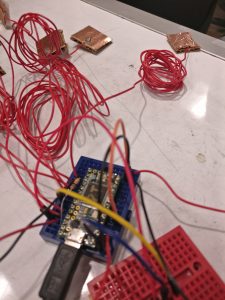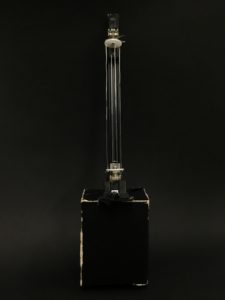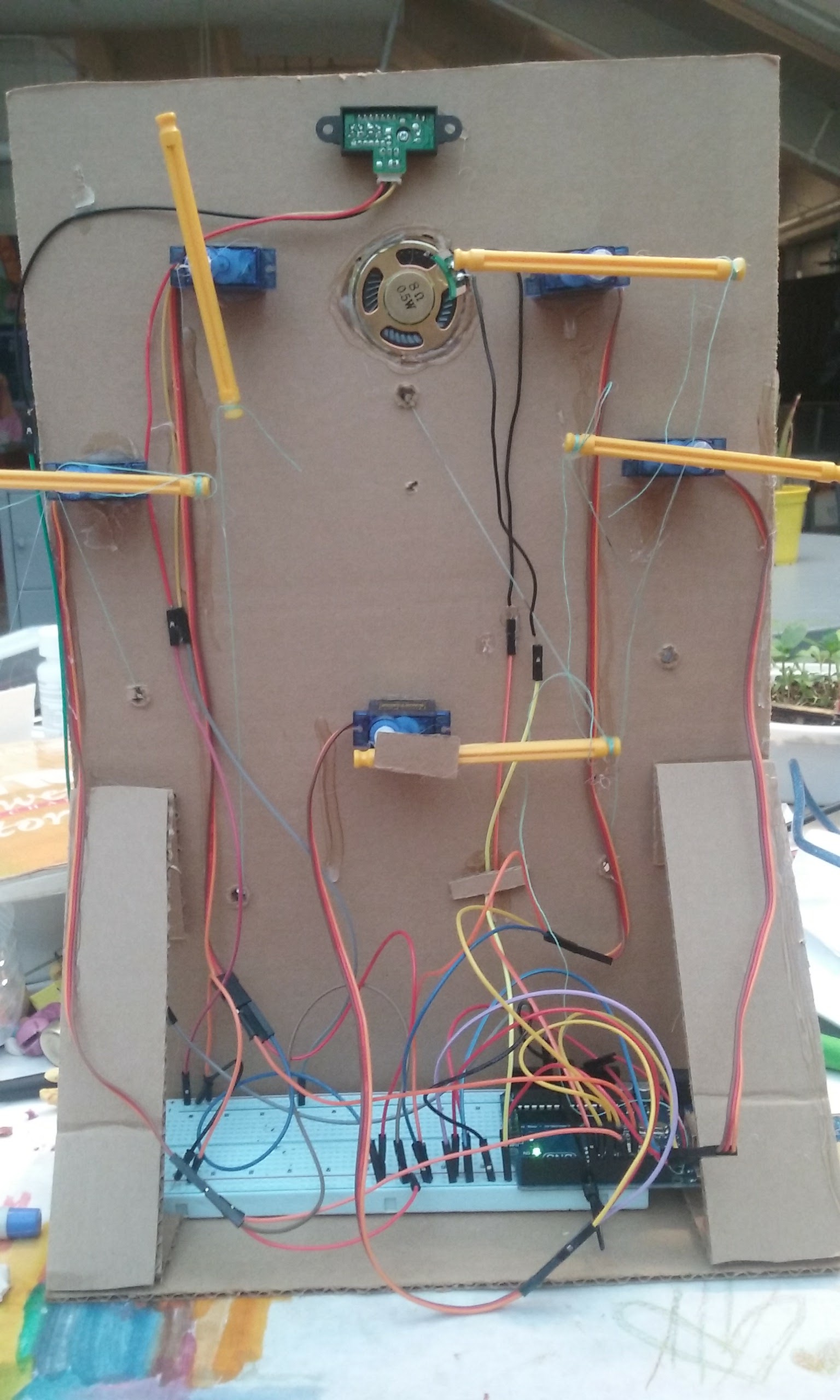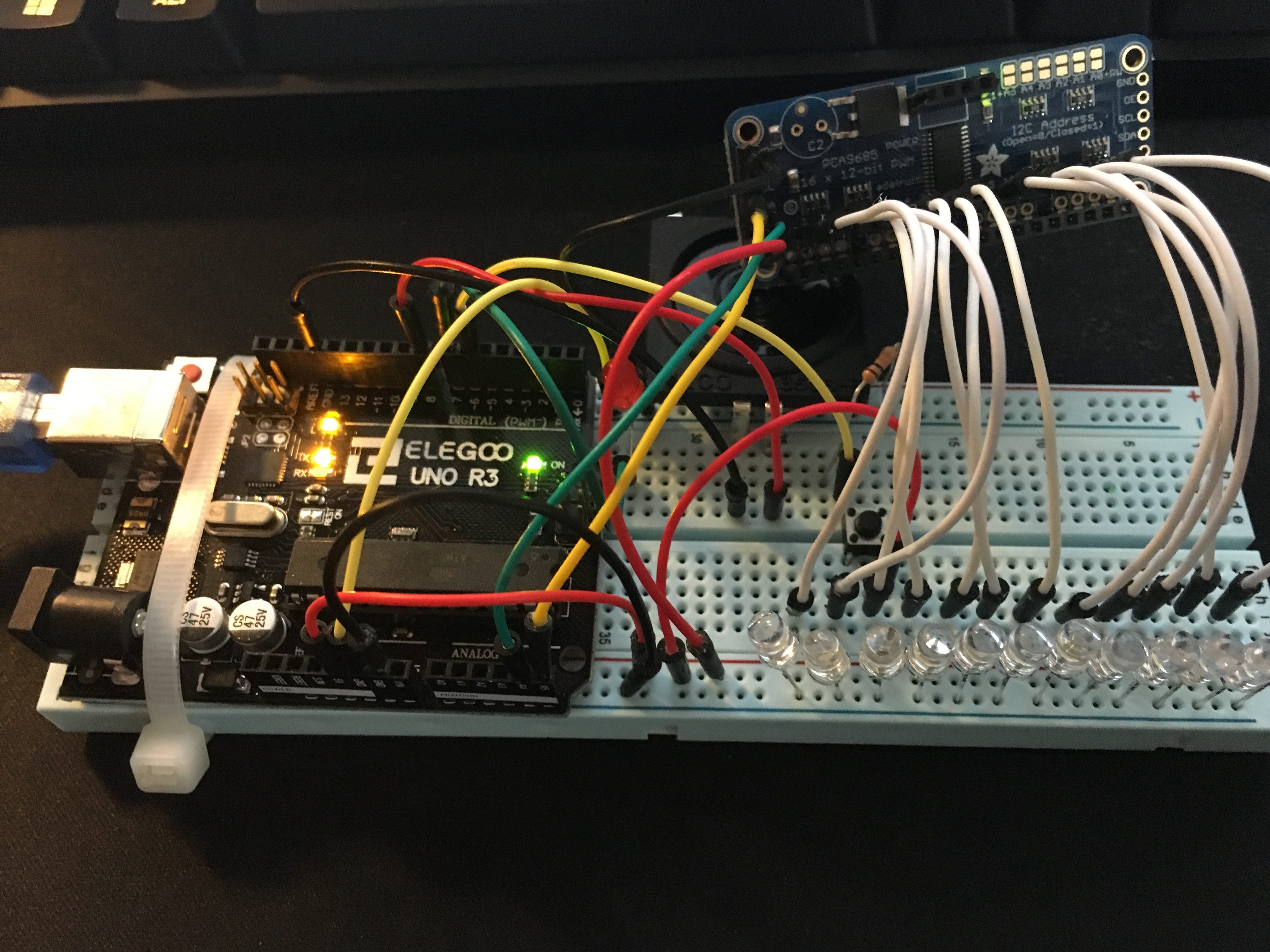Project fundamentals
My final project can be a cosplay prop that uses phys comp fundamentals to bring the prop closer to functions/behaviors in its original work, enhance static features, and bring others to engage with the great works that these props come from.
Phys Comp Components: Light sensors, IR sensors, mp3 shields, momentary switches, LED light strips
Things that a prop can be modified to do: light up (different patterns of lighting, color, intensity), make sounds/play dialogue, change configuration (physical changes, like add/remove armor, Psychopass gun etc.)
Besides adding to the list of things the prop does, I also want to think more about making a meaningful interaction between user and prop, perhaps through symbolism, theme, addition of a custom mode/feature.
Transistor Sword:
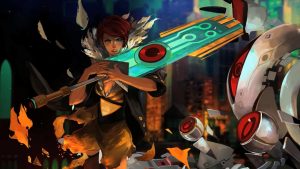

Red’s sword has several tutorials that incorporate physical computing elements already. I really love this game, and it means a lot to me, so I would want to move forward with this project proposal, but understand if it’s already done well.
Here’s one good example of tutorials to make the phys comp version of the Transistor Sword: http://chrixdesign.blogspot.com/2016/06/transistor-sword-closer-look-at.html
Chris’s version of the sword has two modes of glowing and is sound reactive. However, she doesn’t use an Arduino, and has hacked the project using circuits and components from OTHER devices.
Input = sound
Output = LED light states
Proposal:
Interaction 1:Install a pulse sensor to the handle, outline where a person’s hand should go.
Input = pulse sensor
Output = LED light strips PULSE in time with heartbeat detection
Interaction 2: Corrupt Mode via button
Input: Pressure downwards (press sword into ground)
Output: LED strip color change into corrupt mode (green is normal, red is corrupt), maybe pulse red
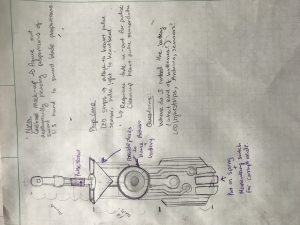
State machine would be able to recognize if the sensor or the switch is activated and change sword light color to show sword mode.
I will try to think of ways to make this more interactive, but the purpose of this project would be purely entertainment-focused as a cosplay prop. As a prop, its function can remain purely aesthetic as most props are created to replicate the original work’s as closely as possible and supplement a person’s cosplay project. Giving it the ability to respond to outside stimuli will bring it closer to its function in-game, further pushing it semblance with the original work.
Other Alternatives Considered:
Overwatch Heroes
League of Legend Heroes
Psychopass gun: Yes, lots of dremmel work

